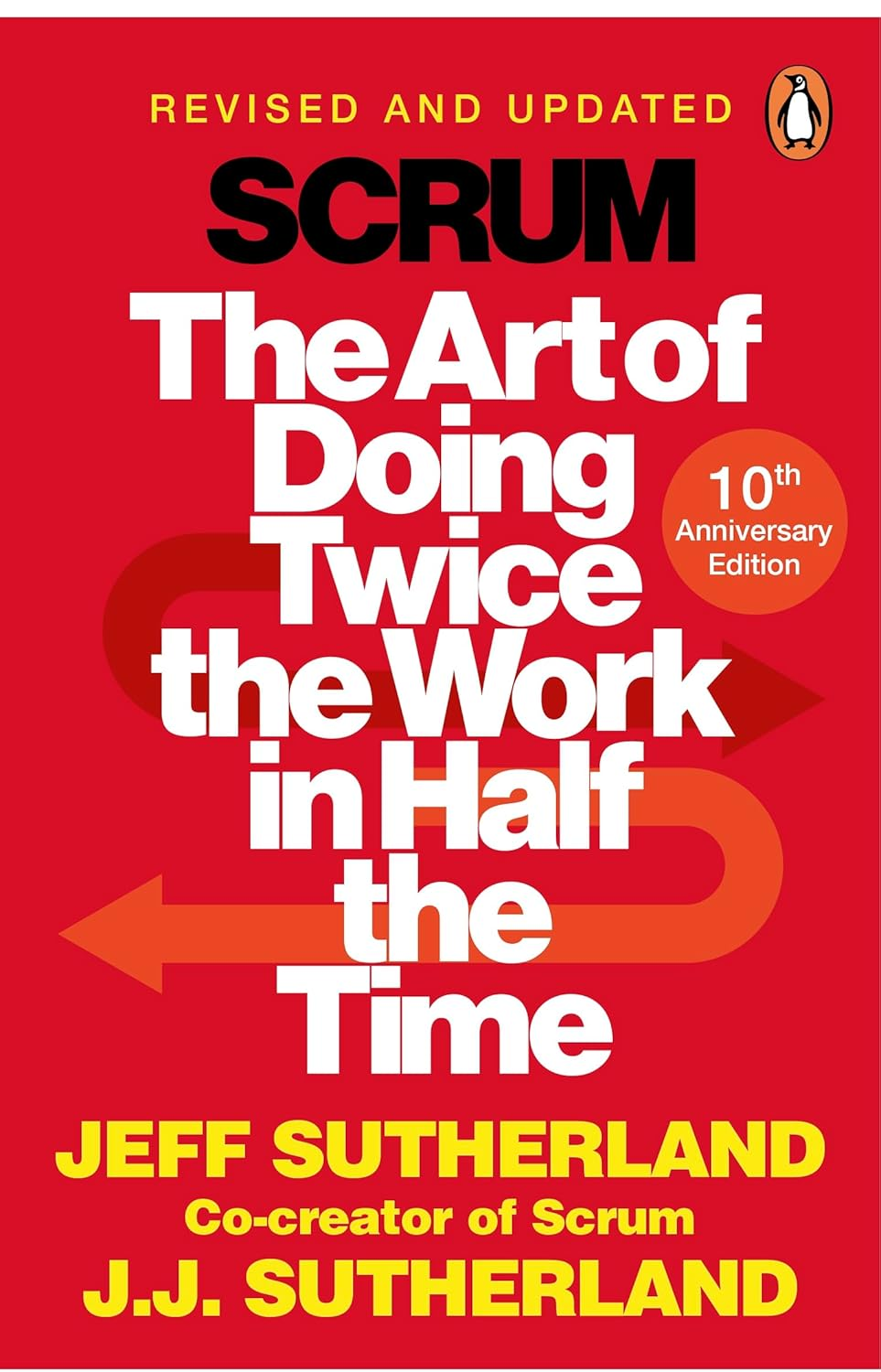In today’s economy, even a short sick leave can hit your wallet, and finding time for joy isn’t easy. But if you can smartly combine work with your hobbies, you might just find the perfect balance. In this article, we’ll share a few tips on how to weave your favorite
The Project Management Triangle: Balance Scope, Time, Cost
The project management triangle, also known as the triple constraint, is a model that helps project managers understand the relationship between scope, time, and cost. This article explains how these three factors impact project success and provides practical tips for managing them effectively.
Key takeaways
Scope, Time, and Cost are interconnected elements of the Project Management Triangle. If one factor changes, the other two are affected.
Balancing these factors is crucial for successful project delivery.
This article offers practical examples and tips for managing trade-offs within the Triple Constraint.
What is the project management triangle?
The Project Management Triangle, also known as the Triple Constraint, is a fundamental concept in project management that represents the interdependence of three key factors: scope, time, and cost. This model helps project managers visualize the trade-offs involved when making decisions during a project. If you increase the scope (add more tasks or features), you may need more time and a larger budget. Conversely, cutting the budget might lead to a reduction in scope or extended deadlines.
Understanding the Project Management Triangle is essential for effectively balancing these three elements and delivering successful projects.

The three sides of the project management triangle
- Scope
Scope refers to all the tasks and objectives that must be completed within a project. Managing scope involves clearly defining what is included (and what is excluded) from the project. - Time
Time management involves setting and meeting deadlines. This side of the triangle focuses on scheduling tasks, allocating resources, and ensuring the project stays on track without unnecessary delays. - Cost
Cost management refers to the budget allocated for the project. It includes direct expenses such as labor and materials, as well as indirect costs like overhead.
How the triple constraint affects project success
In project management, the interrelationship between scope, time, and cost means that changing one factor impacts the other two. For example, increasing the project scope without adjusting the budget or timeline can result in delays or cost overruns. Similarly, cutting costs without reducing scope or extending the timeline may compromise quality or cause deadlines to be missed.
Let’s explore this dynamic further:
- Increased Scope: Adding new tasks or features often requires more time and budget.
- Tight Deadlines: Shortening project timelines may require additional resources, which increases costs or reduces scope.
- Limited Budget: A smaller budget might mean reducing scope or extending timelines to meet the same objectives.
To manage these challenges, project managers need to make strategic trade-offs and clearly communicate changes to stakeholders.
Practical tips for balancing scope, time, and cost
- Prioritize Tasks: Identify the most critical elements of the project and focus on completing them first. This ensures that even with time or budget constraints, the most important tasks are delivered.
- Manage Scope Creep: Scope creep occurs when the scope of a project gradually expands without corresponding increases in time or budget. To avoid this, ensure that all changes are documented, evaluated, and approved before implementation.
- Communicate with Stakeholders: Keep stakeholders informed about any changes in scope, timeline, or budget. Open communication helps manage expectations and prevents misunderstandings.
- Use Buffer Time: Always include a buffer in your schedule to account for unexpected delays or complications. This helps mitigate the impact of timeline changes.
- Use Project Management Software: Tools like Asana or Trello can help project managers stay on top of tasks, track deadlines, and allocate resources efficiently.
Real-life examples of managing the project management triangle
How changes in scope, time, and cost affect project outcomes
This graph demonstrates the balance between scope, time, and cost, and how they affect each other in successful project management.
- Example 1: Expanding Scope
A software development team was tasked with delivering a new mobile app within six months. Halfway through the project, the client requested additional features. To accommodate these changes, the project manager extended the deadline by two months and allocated additional budget for the extra development work. - Example 2: Tightening the Timeline
A construction project was initially scheduled to take 18 months to complete. However, due to pressure from stakeholders, the timeline was shortened to 15 months. To meet the new deadline, the project manager increased the number of workers on-site, which led to higher labor costs but ensured the project was completed on time.
This graph demonstrates the balance between scope, time, and cost, and how they affect each other in successful project management.
Interesting fact 
The Project Management Triangle first appeared as a concept in the 1950s, when engineers and project managers began facing trade-offs between scope, time, and cost. However, the term "Triple Constraint" became widely recognized only in the 1980s, as project management developed into a formal discipline.
To enhance your understanding of time management in projects, explore "Project Roadmap: A Strategic Guide to Planning and Executing Successful Projects", which provides actionable steps for structuring project timelines. For insights into managing project costs effectively, check out "Top Benefits of Project Management Software: Boosting Efficiency and Collaboration". Additionally, discover how agile methodologies address the challenges of balancing scope, time, and cost in "Agile Project Management: Effective Project Handling in 2025".
Conclusion
Mastering the Project Management Triangle is essential for project managers to deliver successful outcomes. Balancing scope, time, and cost requires careful planning, clear communication, and the ability to make tough decisions. By understanding how these three factors interact and affect each other, project managers can better manage trade-offs and ensure project success.
If you want to improve your project management skills, start by familiarizing yourself with the Triple Constraint and applying the practical tips from this article in your next project.
Recommended reading 

"Scrum: The Art of Doing Twice the Work in Half the Time"
This book serves as an introduction to the key elements of good typographic design. Broken down into sections covering the basics of typography.
On Amazon
"Doing Agile Right: Transformation Without Chaos"
This is a pragmatic guide that challenges common misconceptions about agile transformation.
On Amazon






